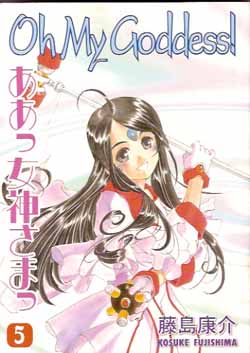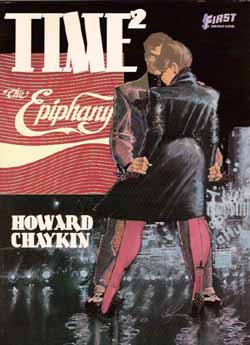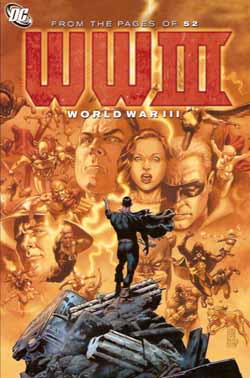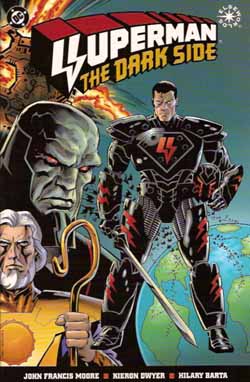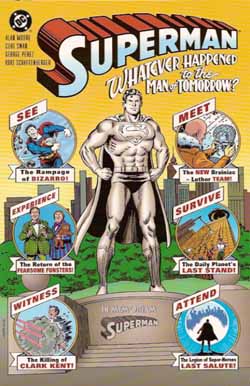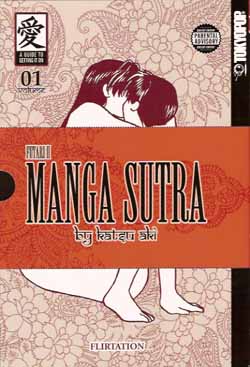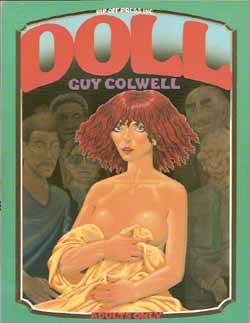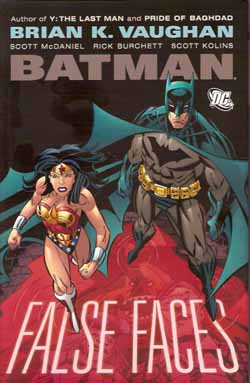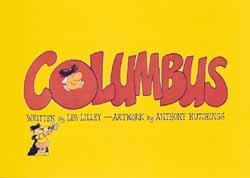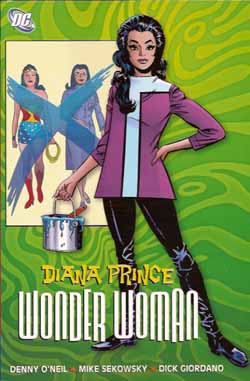
By Mike Sekowsky, Denny O’Neil & Dick Giordano (DC Comics)
ISBN: 978-1-84576-776-1
It’s about bloody time!
I hope you’ll forgive me that heartfelt outburst, but at last DC Comics have collected one of the most appealing and memorable sequences in the long history of the most famous female comic character in the world, and I’m delighted!
In 1968 superhero comics were once again in decline and publishers were looking for ways to stay in business as audience tastes changed. Back then, with the entire industry dependent on newsstand sales, if you weren’t popular, you died. Handing over the title to Editor Jack Miller and Mike Sekowsky, the bosses sat back and waited for their eventual failure, and prepared to cancel the only female superhero in the marketplace.
The superbly eccentric art of Sekowsky had been a DC mainstay for decades, and he had also scored big with fans at Gold Key with Man from Uncle and at Tower Comics with the T.H.U.N.D.E.R. Agents and war comic Fight The Enemy! His unique take on the Justice League of America had contributed to its overwhelming success, and now he was stretching himself with a number of experimental, youth-market directed projects.
Tapping into the teen zeitgeist with the Easy Rider-like drama Jason’s Quest proved ultimately unsuccessful, but with the Metal Men and the hopelessly moribund Wonder Woman he had much greater impact. He would ultimately work the same magic with Supergirl in Adventure Comics.
This first volume (which collects issues #178-184 of the comic book series) shows just how bold were those changes to the Amazing Amazon’s career. With young scripter Denny O’Neil on board for the first four tales, we see the old Amazon one last time as she clears long-time boyfriend Colonel Steve Trevor of a murder-plot before everything changes.
When the Amazons are forced to leave our dimensional plane, taking with them all their magic – including Wonder Woman’s Super Powers and all her weapons such as the Invisible Plane and Golden Lasso – she decides to stay on Earth. Effectively becoming her own secret identity of Diana Prince she resolves to fight injustice as a mortal. A meeting with the blind Buddhist monk I Ching shows her how and she begins to train as a martial artist, quickly becoming embroiled in the schemes of would-be world-conqueror Doctor Cyber. And then Steve Trevor is branded a traitor and disappears…
When Sekowsky took over the writing himself (with the fifth tale ‘A Time to Love, A Time to Die’) the adventures moved into some wildly diverse directions including high-fashion and high fantasy as Diana and Ching travel to lost dimensions to join her sister Amazons in final battle against the monster army of the God of War…
With apparently nothing to lose, the switch to espionage/adventurer in the fashionable footsteps of such popular TV characters as Emma Peel, The Girl from Uncle and Honey West, not to mention our own ultimate comic strip action-heroine Modesty Blaise, seemed like desperation, but the series was brilliantly written and fantastically drawn. Steeped heavily in the hippie counter-culture and the Mod-fashion explosion, the New Wonder Woman quickly found a dedicated fan-base. Sales may not have rocketed but they stopped dropping and the character was one of the few re-fits of that era to avoid cancellation.
Eventually, as times changed, the magical Amazons returned and Wonder Woman once again became a super-powerful creature, but that period of cool, hip, bravely human heroism and drama on an intimate scale stands out as a self-contained high-point of quality in a largely bland career. That modern readers can at long last experience this most enjoyable reading experiences is a truly wonderful thing. It means that when you all buy and adore these fabulously with-it and deliciously addictive adventures I can shout “I told you so!â€
© 1968, 1969, 2008 DC Comics. All Rights Reserved.
